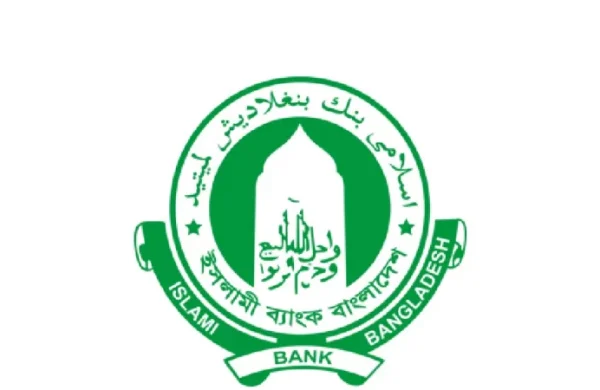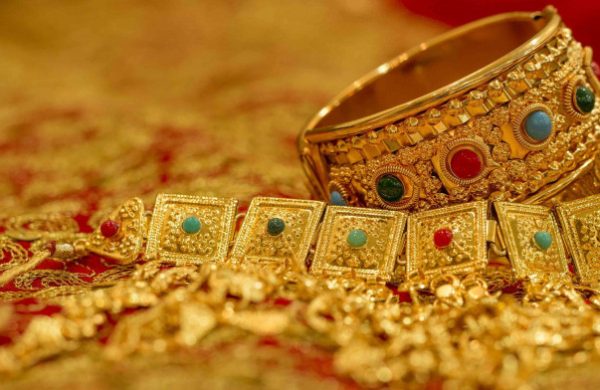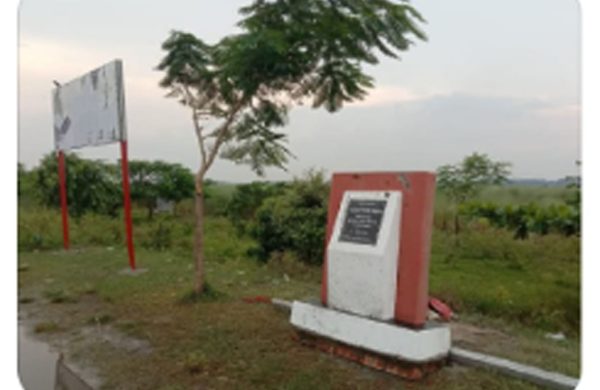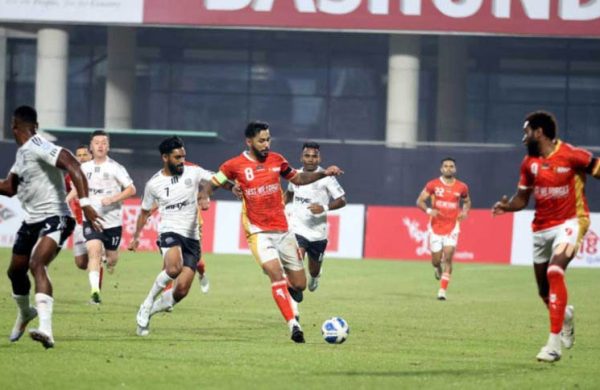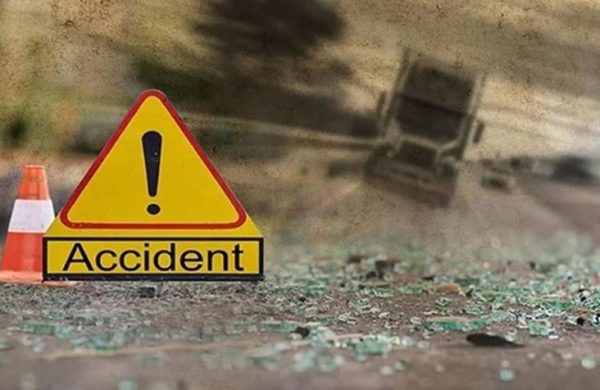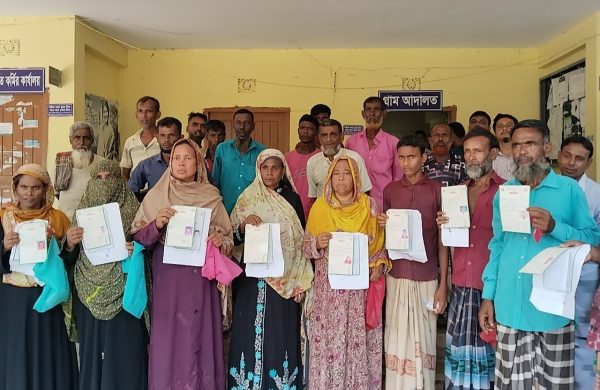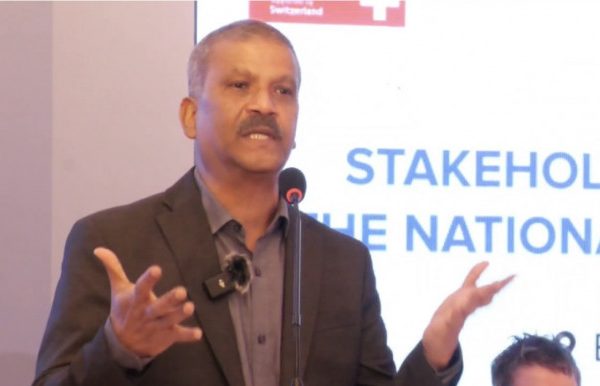Why must the prepaid electricity metre users suffer?
- Update Time : Thursday, July 25, 2024
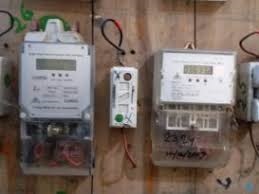
Prepaid electricity metres were introduced with the promise of better control over electricity usage and easier bill management. Unfortunately, this type of metres have been a thorn in the flesh of the consumers.
TDS Desk:
Rafiqul Islam, an elderly man from Rampura, was standing in a long queue in front of the DPDC (Dhaka Power Distribution Company Limited) office in Khilgaon.
Many others like him, he couldn’t recharge his prepaid metre due to the internet blackout and his electricity line was abruptly disconnected.
However, it was not the first time that he faced this problem. His connection often gets cut as prepaid metres need to be recharged first to avail electricity.
If postpaid metre holders do not pay their bills on time, their lines do not get immediately disconnected. But it is not the same for prepaid metre holders.
“If I forget to recharge my metre for just a day or two, my line gets disconnected,” said Rafiqul, adding, “The recharge options are not easy. I am not tech savvy and get confused with the really long PIN codes,” he added. (Some prepaid metres start working after PIN codes are inserted in them).
This correspondent reached out to a few prepaid metre holders who shared their frustrations of being disconnected without any warning along with many other issues they regularly face.
“It is true that you can check if the metre needs to be recharged; the light goes red and there is a beeping noise. But it is not always convenient to go downstairs and see it. Even my internet provider sends me regular text messages to ensure that I pay my bill,” said one of them.
RESIDENTIAL USERS FACE SIGNIFICANT INCONVENIENCE
Prepaid electricity metres were introduced with the promise of better control over electricity usage and easier bill management. Unfortunately, this type of metres has not been without drawbacks, eventually causing significant inconvenience for residential users.
One of the major problems is the battery inside the metre. The small battery provides power at the time of load-shedding or power cuts. When its charge becomes low, it automatically cuts off the electricity supply even if there is sufficient balance.
To solve this problem, users must contact the local service provider, Bangladesh Power Development Board (BPDB), which sends technicians to replace the battery.
But if this occurs at night or outside regular service hours, or there is a shortage of technicians, users have to spend the night without electricity.
Sometimes, bureaucratic processes or negligence of the technician increase the suffering. For instance, when the cover is opened, the metre automatically locks down. Then the technician must insert a code generated by the service provider to open it.
There are some technicians who use this as a trap and ask the users for an extra fee to unlock the metre.
Another notable inconvenience occurred recently during the internet shutdown. Most users recharge their metres using mobile financial services (MFS) apps like bKash but they cannot during this time.
Eventually, they had to physically visit the BPDB stations to recharge their metres. This led to long queues and extended waiting times, causing significant suffering for many people.
There are other problems too. Sometimes, the prepaid metre freezes and cuts off electricity. Then it needs to be manually restarted by inserting a code. But all users are not aware of this issue so they contact the local service provider for help.
Then, there are multiple models of prepaid electricity metres, so the codes may not be the same.
Some prepaid metres come with a number pad and some come with chips like SIM cards. The users have to recharge the card from a local store and punch that card inside the metre.
When that card gets worn out or damaged, the user has to visit the local BPDB office and apply for a new one. The consumer has to remain without electricity if the metre runs out of credit during that time.
The problem that Rafiqul Islam mentioned earlier, many users face as well. The PIN codes have as many as 300 digits and if the user misses any while inserting them into the metre, s/he needs to start from the beginning.
What he said is true; for elderly users like him and those who are not familiar with technology, the long codes can be very frustrating.






